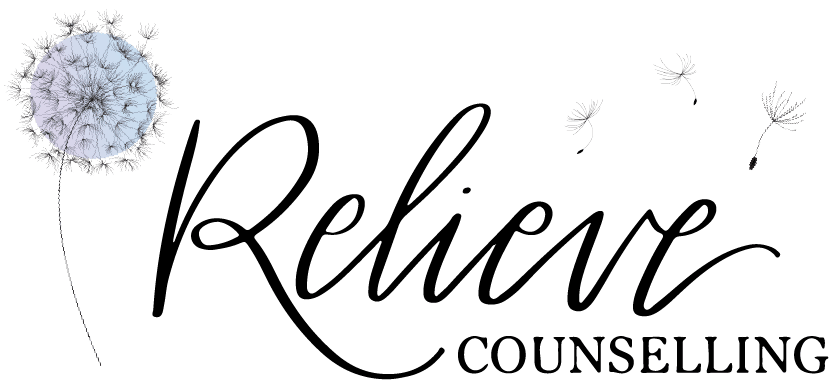Do you ever feel like no one knows how to listen? They hear you, but you still feel unheard or misunderstood? Although listening sounds like a skill that everyone has, you and I both know that is not true.
Here’s an example of a conversation between Sarah and Tina.
Sarah: I had a really hard day at work. My boss yelled at me because I was late and didn’t even give me a chance to explain why. I was so tired, to begin with and got a flat on the way to work and to top it off, my babysitter cancelled on me last minute!
Tina: I felt the exact same way last week! So on Thursday, my babysitter showed up late which made me late to my staff dinner that I had in Langley. It was so annoying because I felt bad enough and then my co-worker had to go around and tell everyone at work that I don’t even like any of them.
Maybe when reading this, you think “there is nothing wrong with that?”. This is a common mistake that we all make. Tina, in this instance, although trying to connect with Sarah, completely disregarded her story. She took pieces of Sarah’s story and made it about her. So often, we reply “me too”, or “I had the same thing happen to me!” in an attempt to make others feel better or to relate to others – but unfortunately, the opposite is happening. Instead what we want to do is learn how to validate others and acknowledgewhat they shared without making it about you.
Below are some basic active listening skills:
1. Silent encouragers: These are things like “mhmm”, “ah’s”, “I see”, nodding of the head, smiling or frowning when appropriate – this helps others know that you are following along with their story
2. Validate & Acknowledge: As you engage with your friend, pick out feeling words that describe how they must be feeling such as, “you must be feeling so frustrated”, or “I can only imagine how painful that was”. This way, you are acknowledging what they went through, and are validating them at the same time.
3. Don’t prepare: So often we aren’t actually listening to what the other person has to say because we are silently preparing our own response or figuring out what we want to say next. Instead of preparing, allow yourself to fully digest and listen to what the person in front of you is saying:
4. Reflect: Repeat or summarize what the other person has said to you in different words. This shows that you are following along with them and allows them space to correct you if you missed something.
5. Don’t judge: Oftentimes, people do have the best intentions. People can be blunt or say things that come off the wrong way. Instead of judging what someone says, think about their intention and ask questions if you need clarification.
6. Let it go. Do you ever find yourself with a group of friends and you have something to add but the moment got lost and you weren’t able to share? Although frustrating, it is okay to let it go. If you are finding that you really want to jump in, you can wait your turn or take the conversation back to that topic by telling them that you want to add something. By letting it go, you are letting the other person talk and get to truly listen to them without preparing your story.
S.O.L.E.R.
S = Squarely
- Face people squarely – this means positioning your body so that you are facing them, versus facing away.
O = Open
- Have an open body posture – sometimes crossing arms and legs can convey disinterest or defensiveness.
L = Lean
- Lean forward slightly as this indicates interest and commitment.
E = Eye Contact
- This may seem like an obvious one, but it is so important to make eye contact with people when speaking to them. A good analogy I heard once was: “Look at someone in the eye the same length of time you would when driving. Sometimes you look in your review and side mirrors, you scan left to right, and shoulder check, but the majority of the time your eyes are in front of you”. Just as with eye contact, it is unnatural to stare at them the whole time they are talking but let them know you are engaged!
R = Relax
- – No one likes to talk to someone who feels tense and uncomfortable as it makes you feel tense and uncomfortable. Relax and enjoy your conversation!
After learning some of these skills, below might be a better way that Tina could have responded to Sarah as noted in the example above:
Tina: Oh man, I am so sorry to hear that. I can imagine that being so frustrating that he did not even give you the chance to explain. I can only imagine the stress you went through trying to get to work on time and find a babysitter!
Do you see the difference here? Tina, validated Sarah’s story, repeated key information to ensure that she was listening, and empathized with her without stealing the show.
Remember to give yourself compassion and grace as listening is a skill you need to learn. It does not always come naturally to others, and we each have a desire to feel heard and connect with others. Don’t be afraid to ask your friends, your family, or your significant other to validate and listen better. Likely, they do not know these skills and are trying to connect with you.

